
Dublin, the capital city of Ireland, is situated on the River Liffey and this amenity provides a centrepiece for many of the features of the area. The centre of Dublin is quite compact and it is here you will find most of the interesting visitor attractions. As you go further out, you find suburban areas such as Rathfarnham, which is a good gateway to the attractions of the Dublin Mountains. Tallaght (Dublin’s most populated suburb) and other towns that are in more rural settings such as Newcastle, Saggart and Rathcoole are worth a visit. Dundrum and Stepaside are close to the Dublin Mountains and the highest pub in Dublin, the famous Johnny Fox’s in Glencullen, is a must for drink, music and quality food.
North of the city are the attractive towns of Malahide, Swords and Howth and further north again on the coast, lie resort towns of Skerries, Rush and Lusk. Balbriggan is a densely populated town just south of the border with County Meath and is home to many commuters who work in the city.
Being the capital city and central administrative headquarters for the 26 counties, Dublin offers a host of heritage and historical sightseeing opportunities. The city has three universities, the most famous being Trinity College located in the very centre of Dublin. Apart from being a renowned seat of learning, the college hosts the world famous Book of Kells and is one of the most visited tourist attractions in the country. The campus has wonderful Georgian architecture and generous grounds in the middle of the city. The Long Room Library is another exceptional feature of the Trinity College. The other two universities are UCD (University College Dublin) on the south side of the city and DCU (Dublin City University) on the north side of Dublin.
Close by Trinity College is Dublin Castle which was the seat of administration for the British Government occupation of Ireland. Today, it is home to the Revenue Commissioners and various other Government bodies. St Patricks Cathedral and Christchurch Cathedral are two famous architectural gems within walking distance of Dublin Castle that should not be missed on any tour of Dublin. Dail Eireann, the seat of Government is on Kildare Street and at the rear of it is the National Gallery of Ireland and the Museum of Natural History in Merrion Street. The aforementioned are all located on the south side of the River Liffey.
Just across the river is O’Connell Street, the main thoroughfare of the city on which you will find the GPO (General Post Office) and the Dublin Spire landmark. The GPO is historically important as it was at the centre of the 1916 Rebellion that marked a turning point in Irish history, and although a failed rebellion, started the process of ending British occupation of Ireland, which ended some five years later.
The Dublin Spire is a recent addition to the city skyline and obtains criticism and praise in nearly equal measure. It sits in the centre of O’Connell Street where once stood Nelson’s Pillar. This was erected during British occupation of Ireland but was blown up by the IRA in 1966. Much discussion took place for nearly 40 years as to what to replace it with and eventually the bland Dublin Spire took its place.
Downriver a little one finds the Four Courts complex of buildings and close by is the Jameson Distillery in Smithfield. Of course, one cannot visit Dublin without being aware of its most famous product Guinness. The famous stout, black with a white collar, was founded and is brewed in Dublin. The brewing complex is on James Street and nearby is one the busiest attractions in Ireland, the Guinness Storehouse, where visitors can learn about the history the product and test some free samples whilst observing the city from a high viewing platform.
Dublin is home to many parks and the most prominent city centre one is St. Stephens Green, a beautiful oasis of calm in the buzzing city. Beside it is the most famous shopping street in Dublin, Grafton Street. Nearby is Merrion Square Park and in Ballsbridge, the magnificent Herbert Park. However, outshining them all is the Phoenix Park to the west of the city centre, which is the largest city park in Europe, comprising 1760 acres.
Located in this huge unspoilt green area is Dublin Zoo one of the biggest visitor attractions in Ireland. The Phoenix Park contains the residency of the Irish President, Aras an Uachtarain and also that of the US Ambassador. Fallow deer have occupied the park since the 17 th century and the place is a haven for walkers and picnickers. It is one of great amenities for the people of Dublin and visitors alike.
Dublin is a city with a great buzz to it. Areas like Temple Bar, Baggot Street and Stephens Green boast great pubs, restaurants and night- clubs. There is a huge range of accommodation from hostels to five-star hotels. Famous Dublin hotels include the Shelbourne Hotel on Stephens Green and the Gresham Hotel on O’Connell Street. U2, the famous Dublin rock group, own the funky Clarence Hotel on the south quays.
Transport needs are served by buses (Dublin Bus), trams (LUAS) and city rail (DART). At the start of a new decade, it is worth considering a vacation or break in Dublin, one of the great cities of Europe

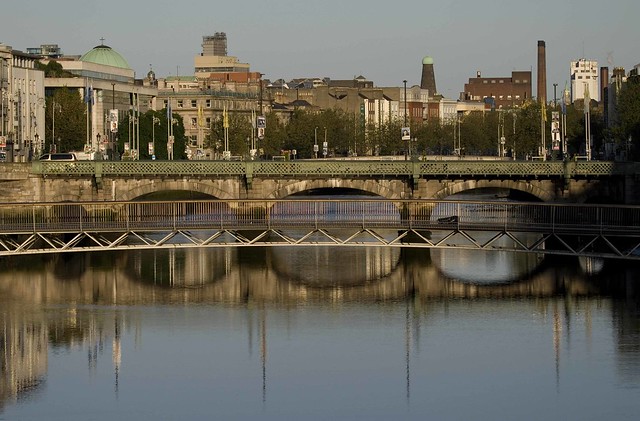


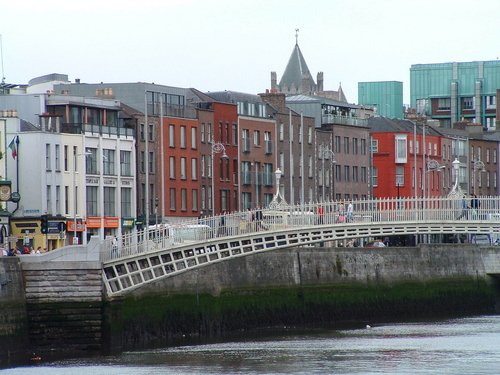


Dublin city


Trinity College
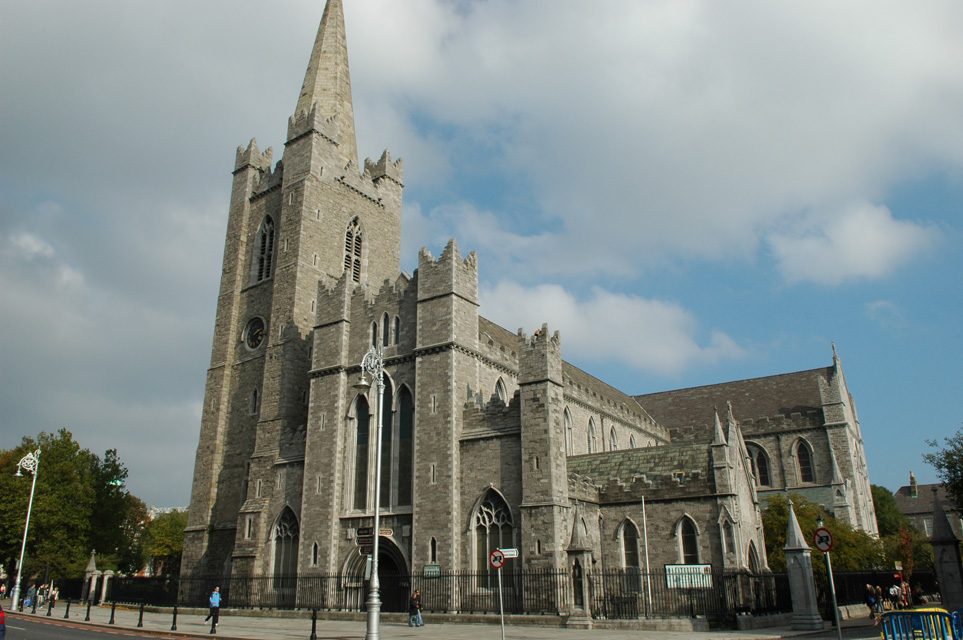


St Patricks Cathedral

Christchurch Cathedral
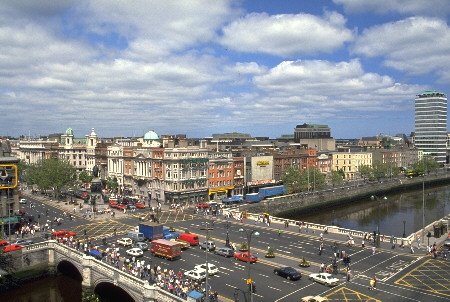

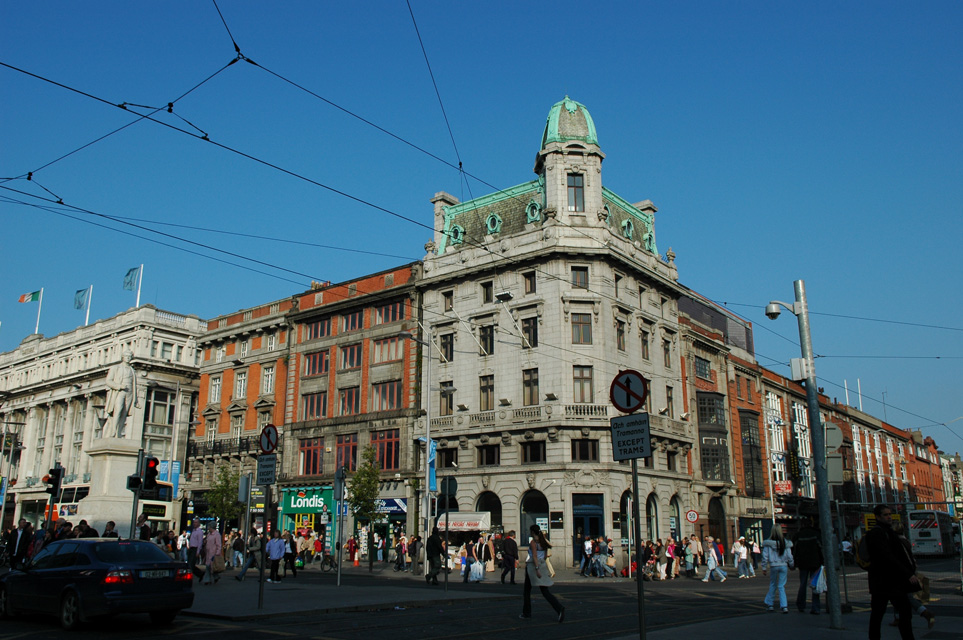

O’Connell Street

St. Stephens Green

Dublin Zoo

Merrion Square Park








1 comments:
This place is really full of surprises because of its views and landscapes.
Pousadas Em Natal
Post a Comment